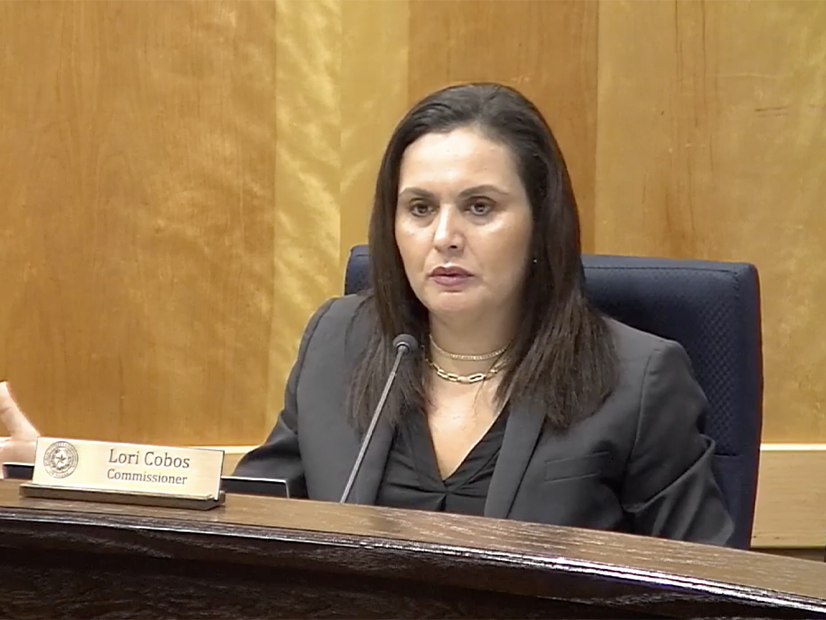
Texas regulators have pumped the brakes on the proposed performance credit mechanism’s (PCM) development, making it clear that they and stakeholders will be involved in the market tool’s design.
“We need broader input, not just from commissioners, but also from stakeholders,” Public Utility Commission Chair Tom Gleeson said during the agency’s open meeting March 7.
ERCOT staff filed a memo before the meeting outlining a study approach for designing a PCM strawman. It identified 37 design parameter decisions and an evaluation methodology to select the final design, with several options for each parameter decision (55000).
Staff also suggested a timeline that includes three stakeholder workshops and PUC approval of the final design in early 2025. ERCOT would then develop necessary protocols and, following commission approval, “evaluate” the PCM’s implementation.
“This timeline that’s laid out in in your filing is very compressed, it’s very rushed, and it completely leaves out the commission in terms of workshops and engagement and any kind of stakeholder feedback over here,” Commissioner Lori Cobos told ERCOT staff.
Gleeson called the implementation evaluation in ERCOT’s timeline “open ended.”
“That wasn’t a completion timeline,” he said. “There’s still work to be done in ERCOT through their protocols and through their system upgrades. The actual implementation of this would still be much further, so I just don’t know that we have enough information now to have a timeline somewhere in 2026, 2027 mean anything at this point.”
Further complicating the timeline is ERCOT’s development of real-time co-optimization, scheduled to be deployed by Dec. 31, 2026. That market tool is designed to improve energy procurement and dispatch.
Cobos laid out a schedule beginning with PUC staff filing a memo before the commission’s March 21 open meeting providing their input on ERCOT’s proposed design parameters. The PUC again would consider the PCM during its April 11 open meeting before handing over its feedback to the ISO. That would move the date for the grid operator’s first workshop from March 26 into April, with stakeholders submitting feedback to the PUC.
The commission agreed at least one of the workshops, likely the first, should be held at the PUC’s offices, and that the Independent Market Monitor and ERCOT staff conduct separate studies on the mechanism’s market effects.
“We need to have two data points, two views of how the PCM is going to cost and affect the market,” Commissioner Jimmy Glotfelty said, stressing that design decisions are policy questions best taken up at the commission.
ERCOT has engaged Energy and Environmental Economics (E3) to support the strawman’s development. E3 also worked with Astrapé Consulting at the PUC’s direction to evaluate the PCM and five other potential market reforms. While the study did not recommend the PCM, then-Chair Peter Lake determined the mechanism would best incent more dispatchable generation. (See Proposed ERCOT Market Redesigns ‘Capacity-ish’ to Some.)
The PCM establishes a reliability standard and corresponding quantity of performance credits (PCs) that must be produced during the highest reliability risk hours to meet the standard. Load-serving entities can purchase PCs, awarded to resources through a retrospective settlement process based on availability during hours of highest risk, and trade them with other LSEs and generators in a forward market; generators must participate in the forward market to qualify for the settlement process.
The PUC adopted the PCM for inclusion into the ERCOT market in January 2023. Also last year, Texas lawmakers passed a bill (HB 1500) establishing legislative guardrails for the PCM’s implementation.
The commission determined the PCM’s $1 billion annual cap, as set by the Texas Legislature, is an “absolute” annual cost cap, not an average annual cap.


